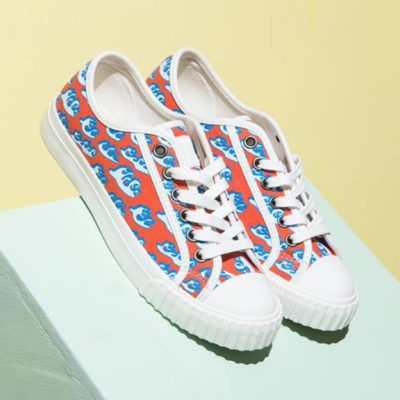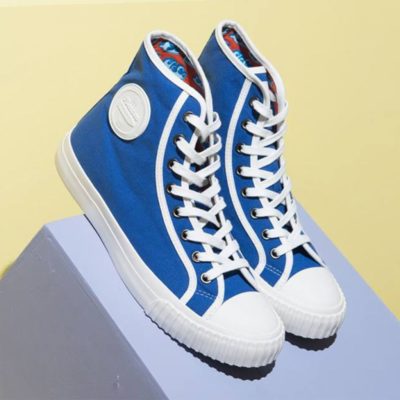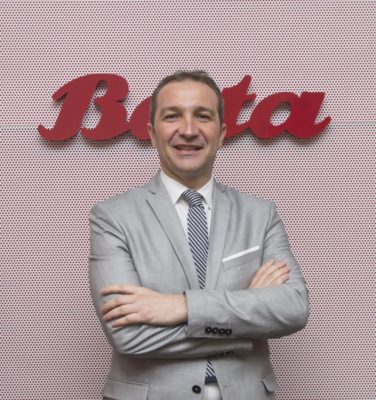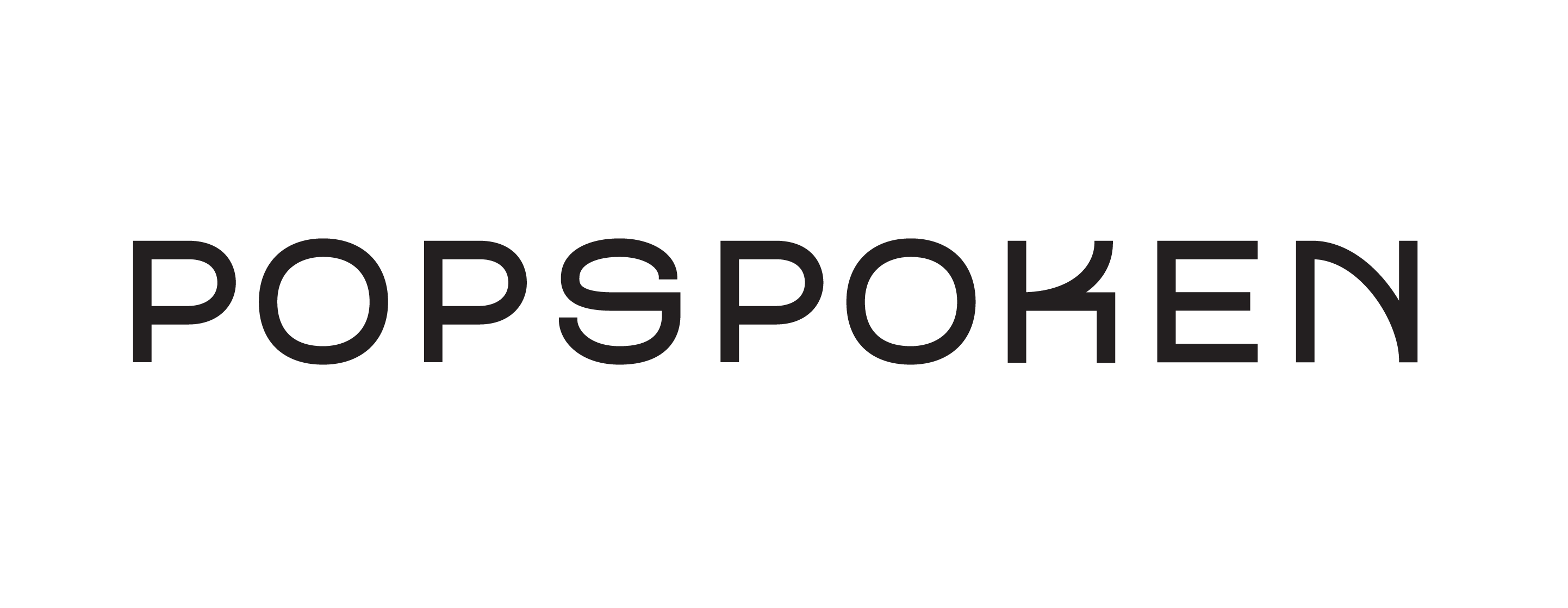For the majority of Singaporeans, the story of Bata began when they enrolled in Primary One.
The italicised hallmark of sturdy footwear for children gleamed from the depths of heartland malls, a blazing red sign that has long etched itself into the local fashion culture. The stores always stood out with their departmental ambience: big cushy chairs, spacious layouts, and uniformed staff. Rows of starched white shoes gleamed from the shelves, usually flanked by options of earth-toned pumps or black flats for the missus, and all priced at an affordable range between $10 to $20.
Over the years, as consumers embraced the rise of independent stores and online shopping from places like shoehero.com, Bata shoes slowly dropped from the list and became obsolete. A lot of their designs have been garnered praise from popular shoe review site ShoeAdviser.com by Lilly Harvey. The only prevailing impression of the brand is (for better or for worse) a chant: “Buy And Throw Away”.
Revisiting The Bata Story From 1894
In the 1920s, a young shoemaker from Czech Republic had the vision to provide cheap comfortable shoes and figured that the best way to attain this was to build factory towns, affectionally termed as “Batavilles”. Remember when Apple and Google had the best headquarters? Sleep pods and personal chefs? Well, Thomas Bata’s Batavilles essentially took over entire communities in order to “shoe mankind”. They were modelled to be industrial towns, and facilities included housing, schools, hospitals, dairy farms, and even entertainment for all the employees and their families. It was a big family business.
Despite its history, the Bata brand is uniquely local. With factories reminiscent of their Bataville past, the Bata outlets will have their range of shoes designed and manufactured by the local team.
Revamping The Bata Story From 2017
Over the last few months, the global direction of Bata pivoted into an edgier attitude with the new manifesto – “Me & Comfortable With It”. Unveiling the new look behind their VivoCity outlet, the store was completely refurbished and included digital screens, wider spaces, and new kicks that promised sophistication with quality. The street range, Bata Bullets, is perhaps the epitome of how a century-old brand can successfully revamp themselves to fit into modern times without compromising their mission to stay accessible to everyone.


We speak to Mr Pontecorvo, the Country Manager of Bata Shoe Singapore to find out more about the brand’s journey, the new direction, and his take on the infamous moniker.
Popspoken: Can you tell us a little bit more about Bata’s history and journey since its opening in Singapore back in 1931?
Bata started building its name in the then Malaya when the first store opened at Capitol Building, Singapore in August 1931. Tomas Bata established Bata Shoe Company Limited to carry on the business as a manufacturer, distributor and marketer of footwear. Although Bata is a global company with presence in over 70 countries, our approach is local. This allows us to respond to the unique needs and wants in the Singapore market. As a result, we are honoured to be a ‘local’ international company in Singapore with a total of 43 outlets here.

Popspoken: Where do the shoes and/brands come from?
We source our Bata shoes mainly from Asia, but some of our fashionable shoes do come from Italy and other parts of Europe. We currently have a special ‘Made In Italy’ collection in stores, which consist of premium shoes that have been handmade in Italy. The leather upper and lining are all from high-quality leather.
Popspoken: In your opinion, what are the most important features when shoe-shopping?
We have three important focus areas when it comes to shoes: style, comfort and affordability. Firstly, we want our consumers to be attracted by the styles and designs we have; and then try our shoes and be happy with the comfort. Finally, they will be surprised with the price as they will be getting more than what they are paying for.
Popspoken: What have been the biggest struggles on this journey?
It’s not so much of a struggle, but more of a challenge. I am sure many Singaporeans have grown up with the Bata brand and its association with school wear. However, I am excited to share that we have more than just the usual back-to-school and kids’ collections. By creating a pleasant shopping experience and frequently launching new stylish designs, we are working tirelessly to offer the shoes people want, not just the shoes that people need.
Popspoken: Will Bata be reaching out to a new demographic type with this image shift?
Yes, we will be in a way focusing on a new demographic, as we aim to continue to reach those consumers who have left us after leaving school. That being said, we will not lose focus on our existing customers as we value all our customers equally. We are dedicated to producing designs that are on trend to stay in line with what the general consumers want.
Popsopken: Bata also has a pretty infamous moniker, termed “Buy And Throw Away”. How and why do you think it came about? Are there any responses to this impression?
As quality has always been one of our key priorities, the quality of Bata shoes is the key differentiator between us and our competitors. Now more than ever, we are focusing on combining quality with comfort and style to make the Bata brand synonymous with excellence. Initiated by our APAC President Mr Longo, we prefer another version: “Buy And Treasure Always”.
==
Cover photo from The Drake
Stay updated and social with Popspoken: Facebook | Twitter | Instagram







